In Maria, Maria Callas’ life is an opera. The new film from director Pablo Larraín follows the famed singer through her final days in Paris, filtering the mournful end of her career through the music she loved so much. As played by Angelina Jolie, Maria is a tragic figure straight from one of her operas. “This is a movie about someone who becomes part of the tragedies that she played onstage,” Larraín told Netflix.
Fittingly, those stage-bound tragedies also found their way into the film, in ways both large and small. “There’s some sort of a hidden map in the film, where the piece of music that we use — whether it’s only orchestration or with vocals in it — is related to the moment in the film,” Larraín said. “They’re not just there because they worked [musically] where they are — they’re there because they have a dramatic purpose. Opera is a form of transcendence, and it’s a form of expressing emotions that you cannot [only] say with words.”
Callas had quite a few of those emotions. Read on for a full list of the opera excerpts in Maria.
Otello: Act IV: “Ave Maria” — Giuseppe Verdi
Scene: During the intro to the film, Maria sings this aria into the camera, and memories of her glamorous life pass by. We hear the musical theme several times again throughout the movie.
Opera description: “Ave Maria” is Verdi’s musical setting of the traditional Catholic prayer to the Virgin Mary. It doesn’t move the plot so much as serve as a meditative and reverent invocation of Jesus’ mother. Callas was a deeply religious woman.
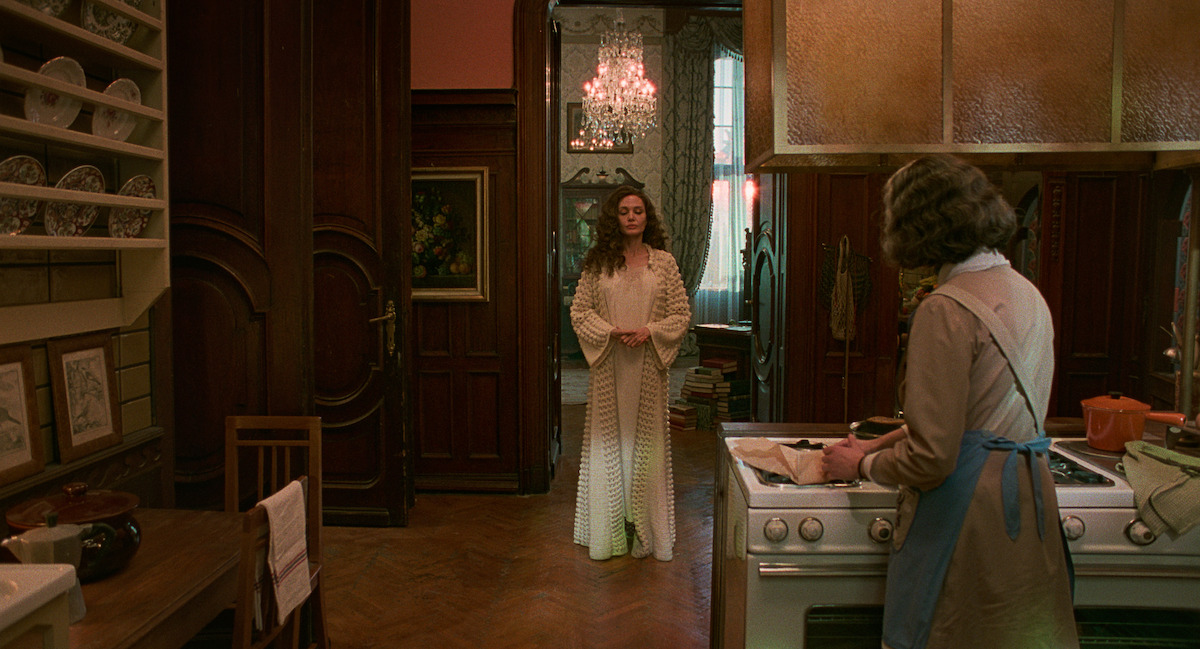
Norma: Act I: “Casta Diva” — Vincenzo Bellini
Scene: Maria sings the aria in the kitchen for her housekeeper, Bruna (Alba Rohrwacher), intercut with performances of Maria in Norma when she was younger.
Opera description: “Casta Diva” is performed by the title character, Norma, a druid priestess and daughter of the king. As she prays to the moon goddess for peace, she reveals her internal conflict, torn between her duties and her forbidden love for the Roman general Pollione.
Callas loved to sing this role — she performed it more than 90 times in eight different countries. It’s also the first opera her partner Aristotle Onassis (Haluk Bilginer) heard her sing.
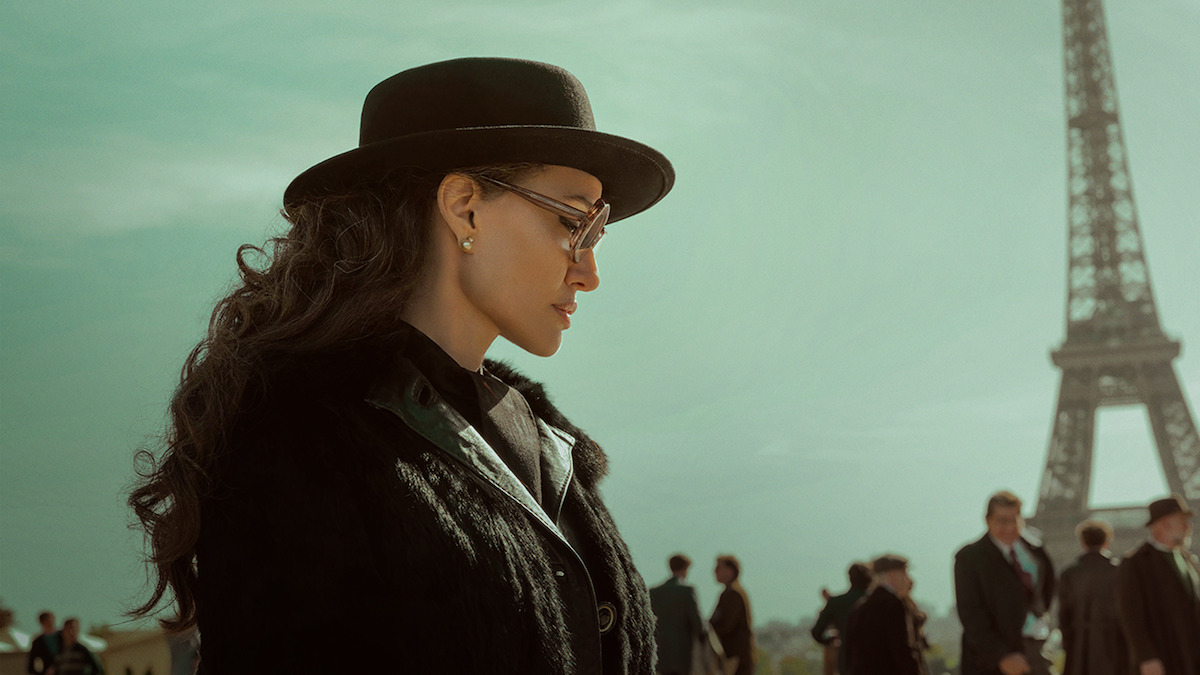
Il Trovatore: Act II: “Vedi! Le Fosche Notturne Spoglie” — Giuseppe Verdi
Scene: Maria imagines a choir singing the Anvil Chorus on the Trocadéro in Paris.
Opera description: The scene depicts the lively and vigorous life of the Romani as they sing about the joys of hard work, love, and wine. This boisterous chorus contrasts with the darker themes of revenge and tragedy featured in the opera.
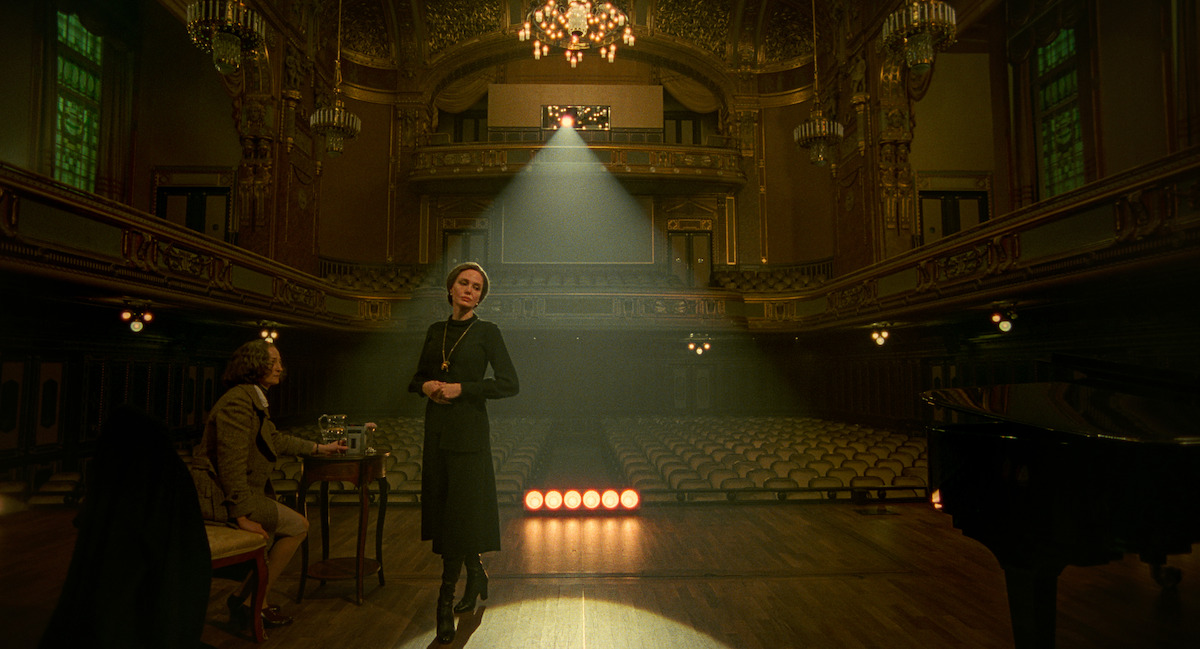
Gianni Schicchi: “O Mio Babbino Caro” — Giacomo Puccini
Scene: Maria sings with conductor Jeffrey Tate (Stephen Ashfield) at the theater for the first time.
Opera description: The aria is sung by Lauretta, Schicchi’s daughter. She pleads with her father to allow her to marry the man she loves, threatening to throw herself into the river if she can’t. It expresses sweet love, a contrast with the one-act opera’s comic atmosphere of jealous feuding in medieval Florence.
La Traviata: Act III: “Intermezzo” — Giuseppe Verdi
Scene: When Maria sees Onassis on the street, she walks over into her memory of meeting him at the Dorchester hotel in London.
Opera description: La Traviata is about a courtesan, Violetta, who lives a life of luxury and carelessness to forget about her consumption. She falls in love with a man, Alfredo, but his father covertly prevents their marriage. The prelude to Act III is a short orchestral work that conveys a deep sense of reflection, capturing the tragic core of the story and foreshadowing her death.
One of the only pictures of Callas in her own apartment in Paris is of herself as Violetta.
La Wally: Act I: “Ebben? Ne Andrò Lontana” — Alfredo Catalani
Scene: A waiter at a café plays a recording of Maria singing the aria, but she doesn’t want to hear it.
Opera description: Young Wally is in love, but her father forbids the union. The aria is sung by Wally when she decides to leave her home forever, and it expresses her deep sorrow, conveyed through a haunting, lyrical melody.
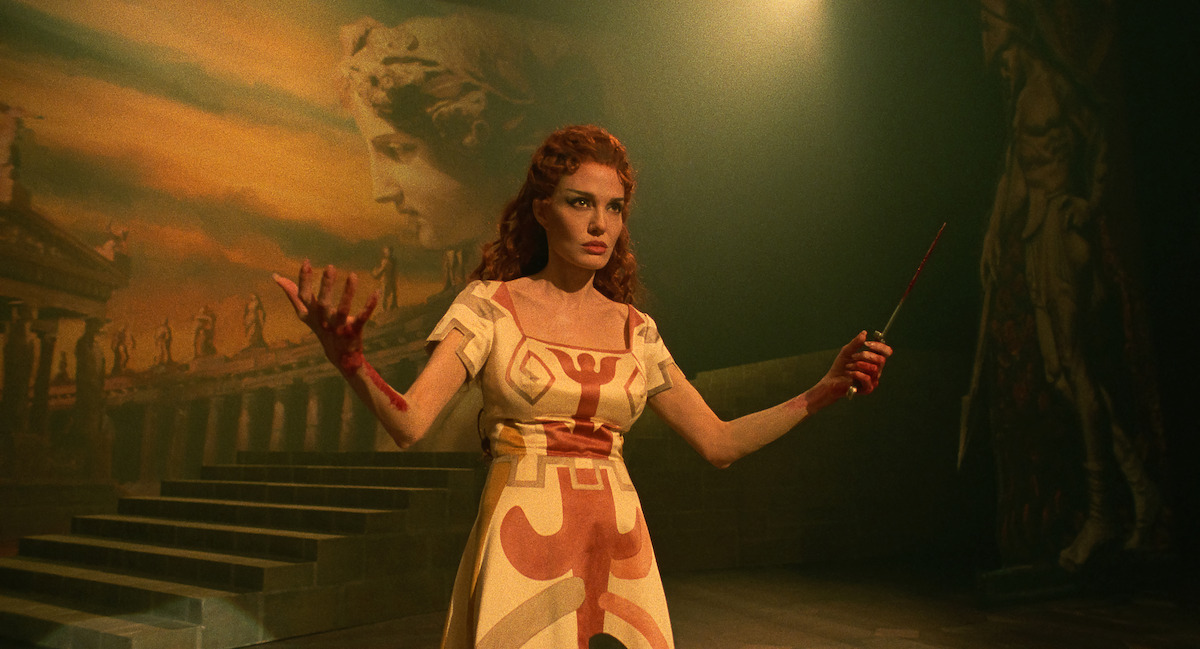
Medea: Act III: “E Che? Io Son Medea” — Luigi Cherubini
Scene: Back home from the café, Maria listens to her recording of a signature role alone at home and is transported back to a performance of Medea onstage.
Opera description: In ancient Greece, Medea is a sorceress who helped Giasone (Jason) steal the Golden Fleece. They married and had two children before he fell in love with Princess Glauce, left Medea, and took their children. At Giasone’s wedding to Glauce, Medea appears; Giasone refuses to return to her, and Medea kills Glauce with a poisoned dress and then her own children. Medea grapples with the horrific decisions she’s made, and the music reflects her emotional turmoil.
Callas performed Medea in 1958, just moments after Metropolitan Opera general manager Rudolf Bing fired her. It was one of her most impressive performances.
Carmen: Act I: “L’Amour Est un Oiseau Rebelle (Habanera)” — Georges Bizet
Scene: Young Maria sings for a German soldier.
Opera description: Carmen is a Romani woman who falls in love with a Spanish soldier but is torn between her feelings and freedom. The aria is about how love is like a bird that cannot be tamed.
In 1962, Callas performed two arias from Carmen at Madison Square Garden, in front of President Kennedy.
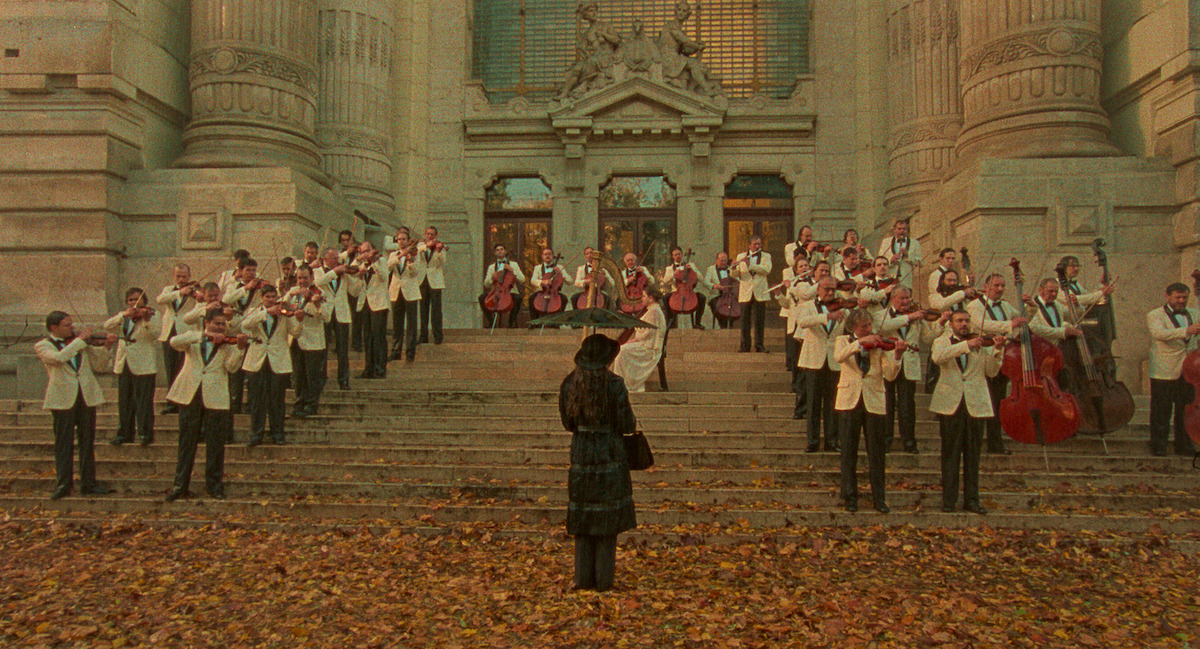
Madama Butterfly: Act II: “Coro a Bocca Chiusa” — Giacomo Puccini
Scene: Maria has just told her interviewer Mandrax (Kodi Smit-McPhee) about her mother. In Maria’s imagination, a choir and orchestra perform the Humming Chorus outside a theater in the rain.
Opera description: Cio-Cio-San and her child wait for the return of Pinkerton, the child’s American father, as the chorus hums softly to bridge Acts II and III. The delicate melody reflects Butterfly’s hope before the impending tragedy.
I Puritani: Act II: “Qui la Voce Sua Soave” — Vincenzo Bellini
Scene: The aria is featured in a memory of Maria singing in Venice in 1949. She learned the role in a week when the lead got sick, and it became her breakout performance.
Opera description: It’s a deeply emotional aria sung by the Puritan character Elvira, who’s been driven to madness by the belief that her lover, Arturo, has abandoned her. She reflects on the memory of his sweet voice and their lost love. Elvira’s delicate yet intense vocal lines convey her fragile mental state and the profound sorrow that consumes her.
Parsifal: Act I: “Prelude” — Richard Wagner
Scene: This enigmatic orchestral work soundtracks a memory of Maria and Onassis on the yacht Christina.
Opera description: Parsifal is about the titular character’s quest to save the Knights of the Holy Grail by returning the Holy Spear and finding the Holy Grail. The “Prelude” sets a mood of contemplation and religious fervor with musical themes for the Grail and Communion.
Just as Parsifal prepares to set out on his quest, Maria prepares for her own journey: her relationship with Onassis.
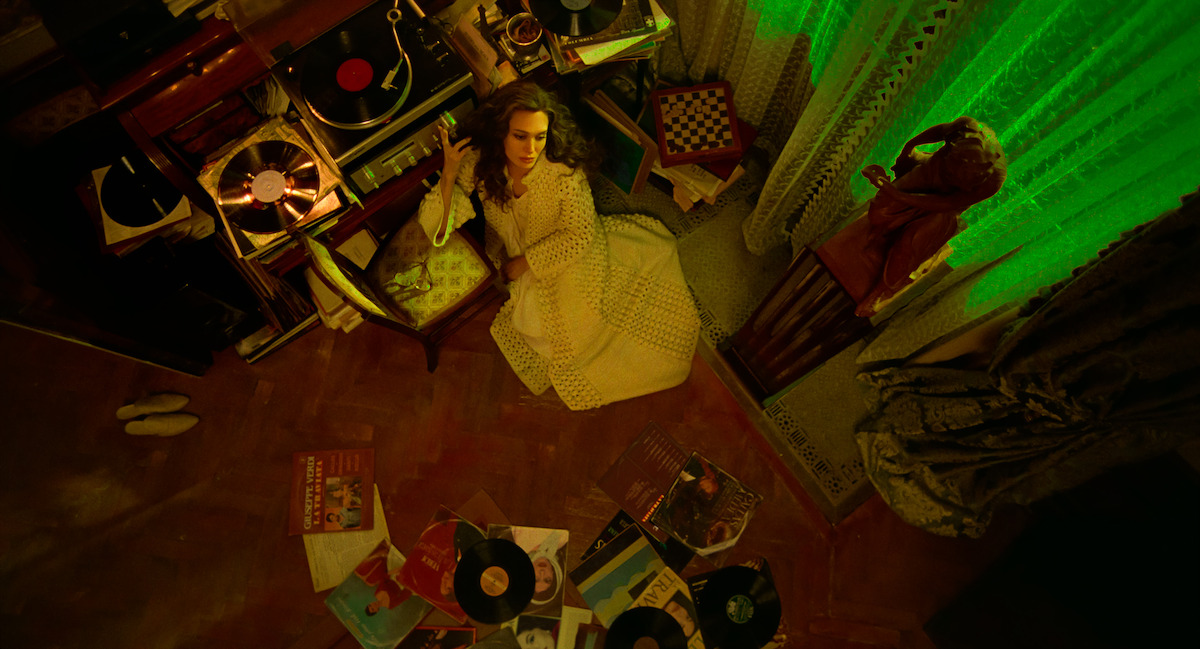
La Traviata: Act I: “Sempre Libera” — Giuseppe Verdi
Scene: Maria listens to her recordings on high volume; her butler, Ferruccio (Pierfrancesco Favino), tells her the neighbors have complained.
Opera description: Violetta sings the aria after Alfredo confesses his love. She’s torn, wanting to be free to live her life but wondering if Alfredo is her true love.
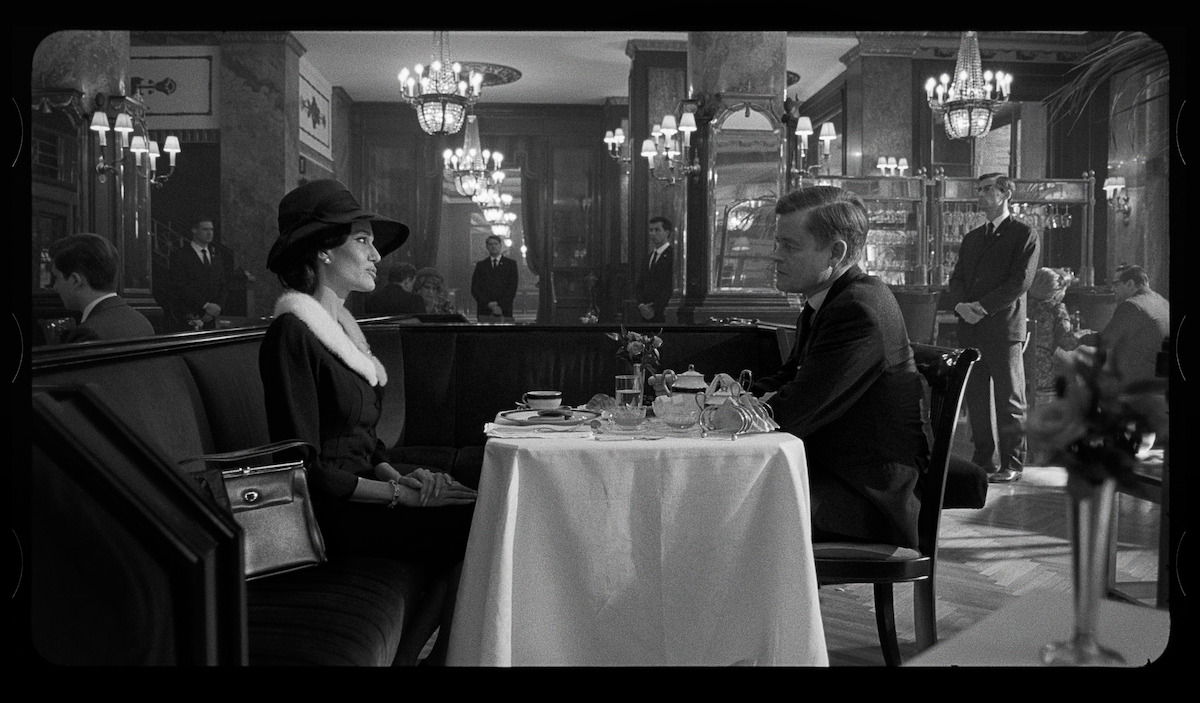
La Traviata: Act III: “Addio del Passato” — Giuseppe Verdi
Scene: Maria meets Kennedy in New York.
Opera description: Violetta sings this aria in the last act. Her competing lovers have survived their duel, but it’s too late, because her illness has worsened, and she doesn’t have long to live.
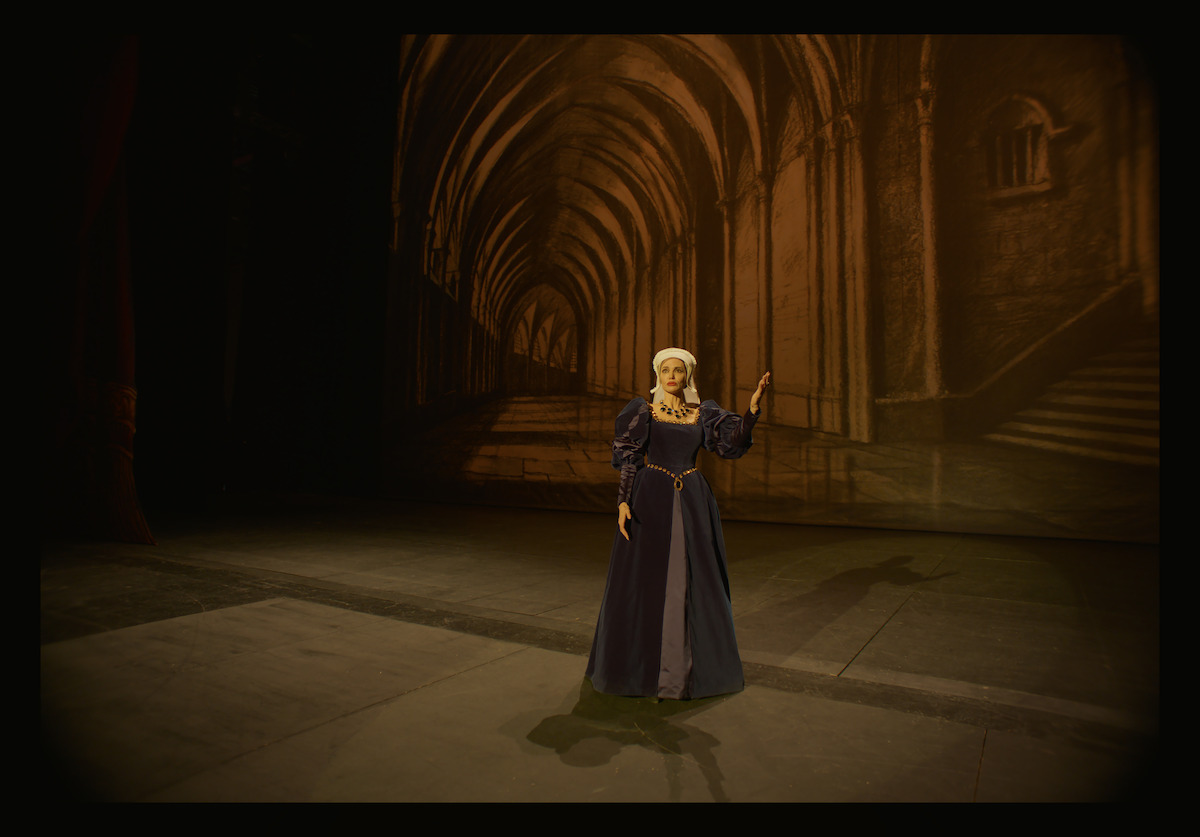
Anna Bolena: Act II: “Piangete Voi?” — Gaetano Donizetti
Scene: After meeting her sister, Maria sings with Jeffrey at the theater and is transported back to when she performed the opera at La Scala. She doesn’t know that she’s being secretly recorded.
Opera description: This is a sorrowful aria sung by Queen Anne Boleyn as she faces her execution. Anne reflects on her tragic fate and expresses a mix of resignation and despair. She questions those around her, asking if they weep for her, but ultimately accepts her doom.
Tosca: Act III: “E Lucevan le Stelle” — Giacomo Puccini
Scene: After her confrontation with a journalist, Maria walks outside with Mandrax. She tells him about visiting Onassis in the hospital. Afterward, she cries at home.
Opera description: This aria is sung by the painter Cavaradossi as he awaits his execution for aiding a political prisoner’s escape. Reflecting on bittersweet memories, Cavaradossi is overcome with sorrow at the thought of never again seeing the diva Tosca, the love of his life. The aria blends nostalgia, love, and despair into a powerful expression of longing.
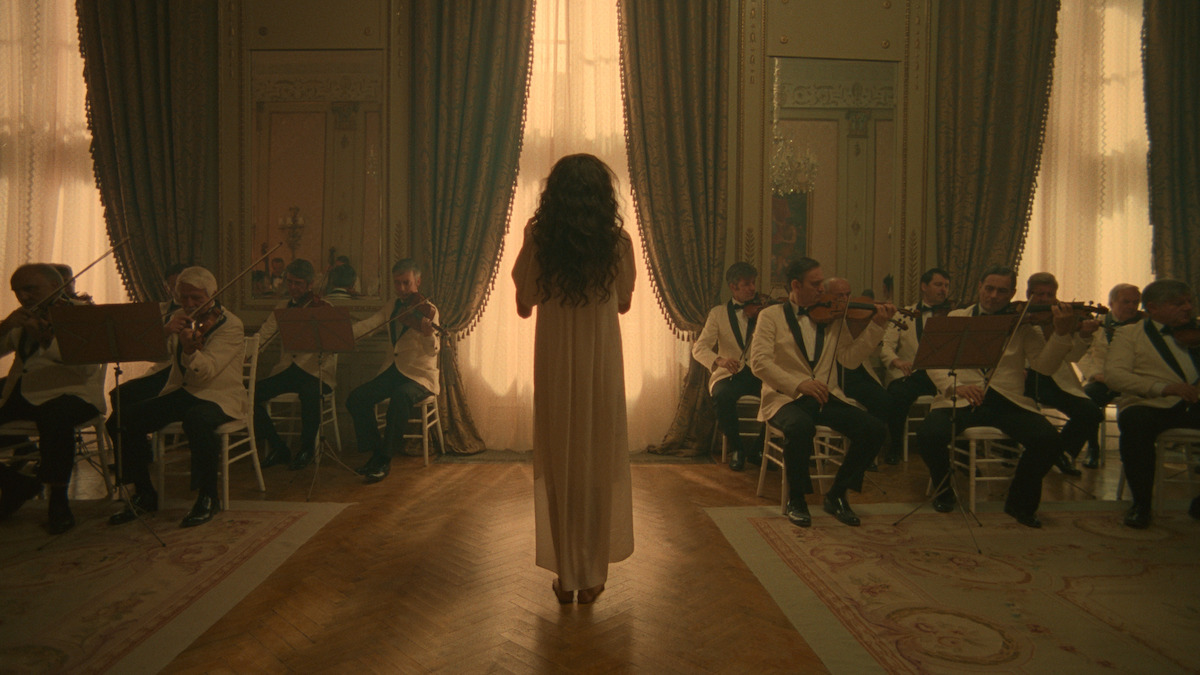
Tosca: Act II: “Vissi d’Arte” — Giacomo Puccini
Scene: Maria sings alone, in her apartment, while people on the street hear her voice.
Opera description: Tosca asks Scarpia, the chief of the secret police, to free Cavaradossi, and Scarpia offers to do it in exchange for sex. She pauses in this aria to reflect on her life, questioning why she, who’s lived for art and love, is now being punished with such suffering. The aria is a prayer, full of anguish and confusion as she pleads for understanding.
Tosca was one of the few operas Callas still performed later in life. In 1965, she failed to complete four scheduled performances, and it was the last time she performed in an opera.
Nabucco: Act III: “Va, Pensiero, Sull’ali Dorate” — Giuseppe Verdi
Scene: The “Chorus of the Hebrew Slaves” plays over the end credits.
Opera description: In this poignant chorus, enslaved Hebrews reflect on their lost homeland and express their deep sorrow and yearning for freedom. The scene has a sense of bittersweet melancholy, highlighting their resilience and hope for liberation.






